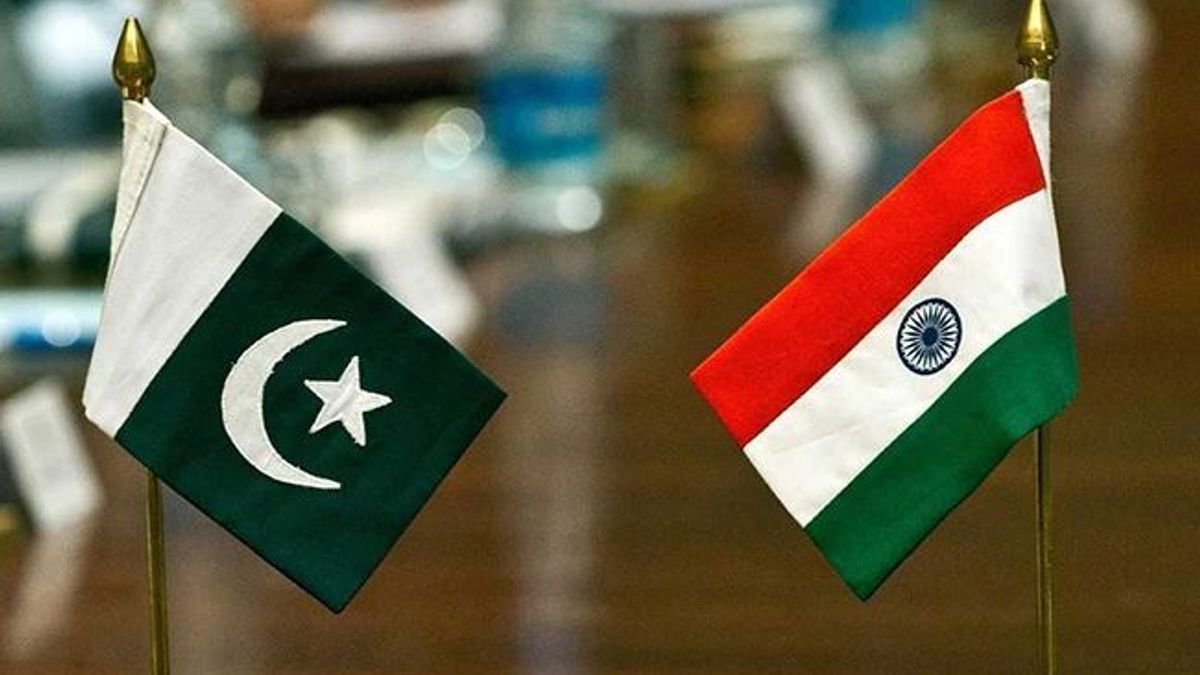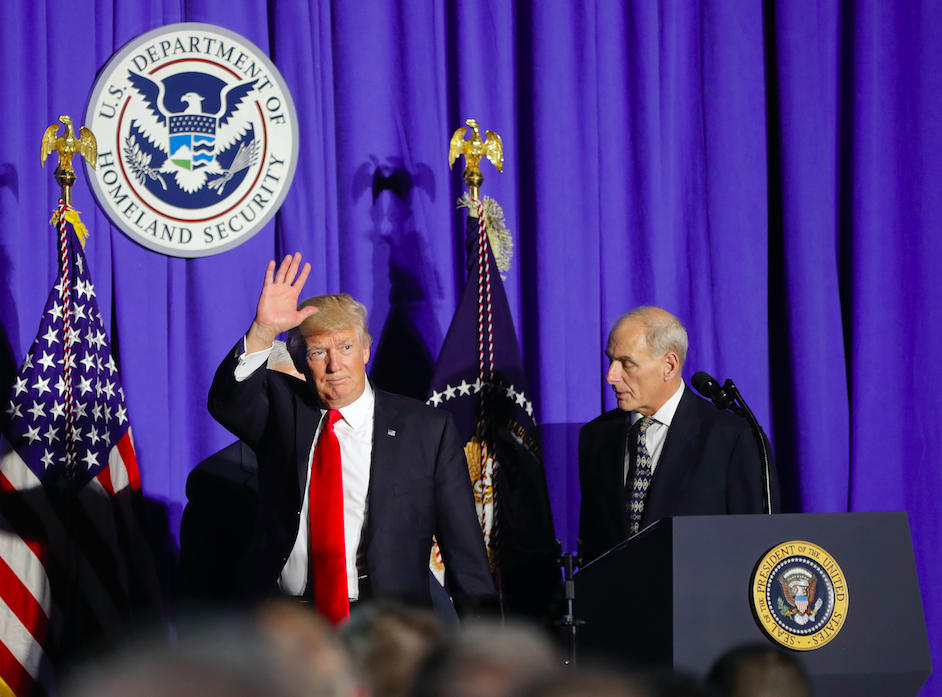Trump Drops a Trade Nuke on India—Over Russian Oil: In a bold move that could reshape U.S.-India relations, President Donald Trump has slapped an additional 25% tariff on all Indian exports, effectively doubling the total duty to 50%. The sudden escalation comes as a direct response to India’s ongoing imports of heavily discounted Russian crude oil, despite repeated warnings from Washington.
On Wednesday afternoon, Trump signed an executive order just hours after issuing a public ultimatum: stop buying Russian oil or face consequences. India, standing firm on its energy independence, didn’t flinch. By the next day, the tariffs were official.
“We won’t allow nations to help fund our enemies and then benefit from free access to our markets,” Trump said during a televised statement.
This latest move marks one of the most aggressive tariff actions against a U.S. ally in recent memory.
Why Is India Being Punished?
Since Russia’s invasion of Ukraine, India has dramatically increased its oil imports from Moscow, purchasing at discounted prices and meeting domestic demand without straining public finances. But for Washington, this policy crosses a red line.
While European allies have largely moved away from Russian energy, India has not only maintained ties but also resold refined Russian oil to global markets—a move U.S. officials argue undermines sanctions and aids Russia’s war financing.
From the Trump administration’s point of view, India is profiting off a conflict while sitting on the fence politically.
India Reacts Cautiously
New Delhi was quick to criticize the move, calling the tariffs “unilateral, coercive, and inconsistent with global trade norms.” Officials defended the country’s right to make energy decisions based on economic necessity, especially for a developing economy with a population of over 1.4 billion.
Privately, Indian diplomats expressed concern over the broader message being sent: that strategic autonomy now comes with a price. Some within India’s foreign policy circles fear this could trigger a domino effect, with Washington pressuring other non-aligned countries in similar fashion.
Yet, despite the tough rhetoric, India has not retaliated with its own tariffs—at least not yet.
Economic Fallout for India
The impact on Indian exporters could be severe. Nearly $85 billion in goods flow from India to the U.S. annually, ranging from textiles and pharmaceuticals to machinery and jewelry. A 50% duty effectively kills competitiveness in many categories.
Sectors like garments, leather goods, and software hardware are bracing for canceled orders and price renegotiations. Industry bodies are urging the government to explore diplomatic off-ramps quickly, as companies fear widespread layoffs if the tariffs persist.
Market analysts believe India’s GDP growth could take a 0.3–0.5% hit this fiscal year, depending on how long the trade restrictions stay in place.
Russia: Unfazed but Watching Closely
While the U.S. targets India, Moscow has responded calmly—perhaps even confidently. Kremlin officials dismissed the tariffs as “expected Western theatrics” and suggested that Washington’s heavy-handedness would only push more countries into alternative economic alliances.
Sources in Moscow suggest the Russian leadership views Trump’s actions as an opportunity to deepen non-Western ties, especially in Asia, Africa, and Latin America. Russia continues to offer oil to India and China at below-market rates, betting that long-term trade routes are being redrawn in real time.
The timing may work in Moscow’s favor: Russia’s own oil and gas revenues fell significantly in July, and maintaining its biggest customers is crucial.
China Speaks Out — And Stands Firm
Beijing, for its part, has made it clear it has no intention of scaling back its own oil imports from Russia or Iran. Chinese officials labeled Washington’s demands as “economic coercion” and accused the U.S. of trying to weaponize trade policy to dictate sovereign decisions.
China’s imports from Russia remain robust, and despite Western pressure, it has continued to secure long-term energy deals. In its official statements, Beijing emphasized that nations have every right to pursue their own energy security, especially during volatile global times.
Some experts argue that Trump’s aggressive stance on trade may end up strengthening coordination between India, Russia, and China, rather than isolating them.
Bigger Strategic Picture
Trump’s tariff strategy appears to be part of a wider effort to choke Russia’s wartime revenue. There is talk in Congress of introducing even steeper penalties—tariffs up to 100%, even 500% in extreme cases—on countries that continue to do business with Moscow or Tehran.
This kind of global pressure hasn’t been seen since the Cold War era. But unlike then, today’s geopolitical landscape is multipolar and economically entangled. The U.S. can’t easily isolate a nation like India, which is a major player in the global South and a cornerstone of American Indo-Pacific strategy.
So, this trade conflict raises bigger questions:
-
Will India buckle or retaliate?
-
Can Trump afford to alienate a counterweight to China?
-
And how far is the U.S. willing to go in using tariffs as tools of foreign policy?
What Comes Next
The new 25% tariff goes into effect in 21 days, giving a narrow window for negotiation or reconsideration. Indian shipments already in transit may still enter at the previous rate, but orders placed after August 6 will be affected.
Indian officials have signaled interest in “re-engagement at all levels,” and some observers hope cooler heads will prevail before economic damage becomes irreversible.
For now, though, the message from Washington is blunt: “You can’t sit at both tables.”
The world is watching. And so is Wall Street. What started as a fight over oil might soon turn into a full-scale trade showdown—with ripple effects far beyond Delhi or D.C.
Quantum Communication in Space: The Future of Unbreakable Data Transfer | Maya




